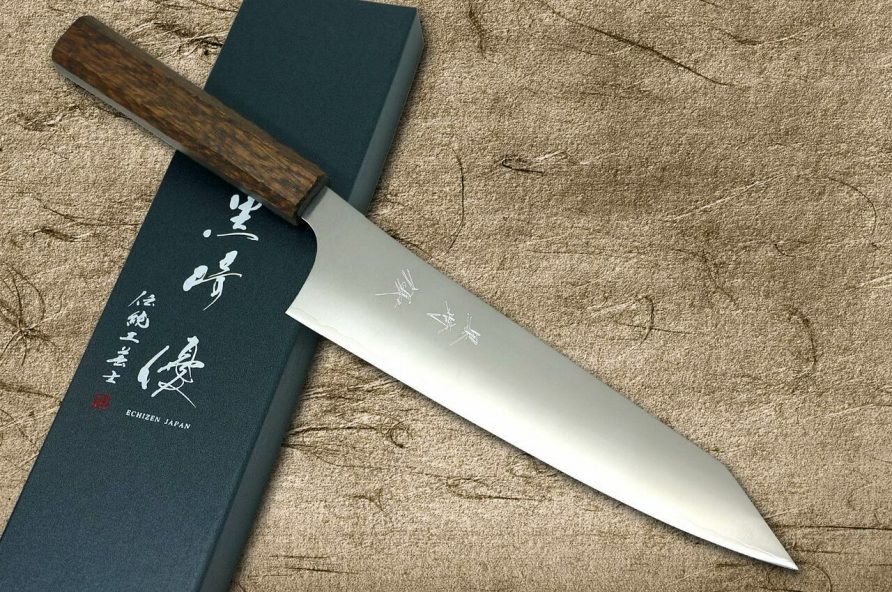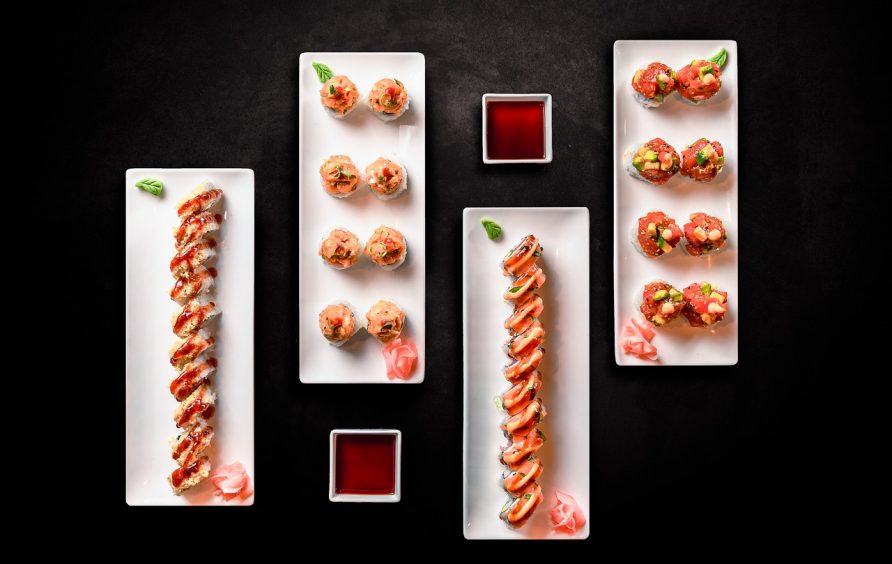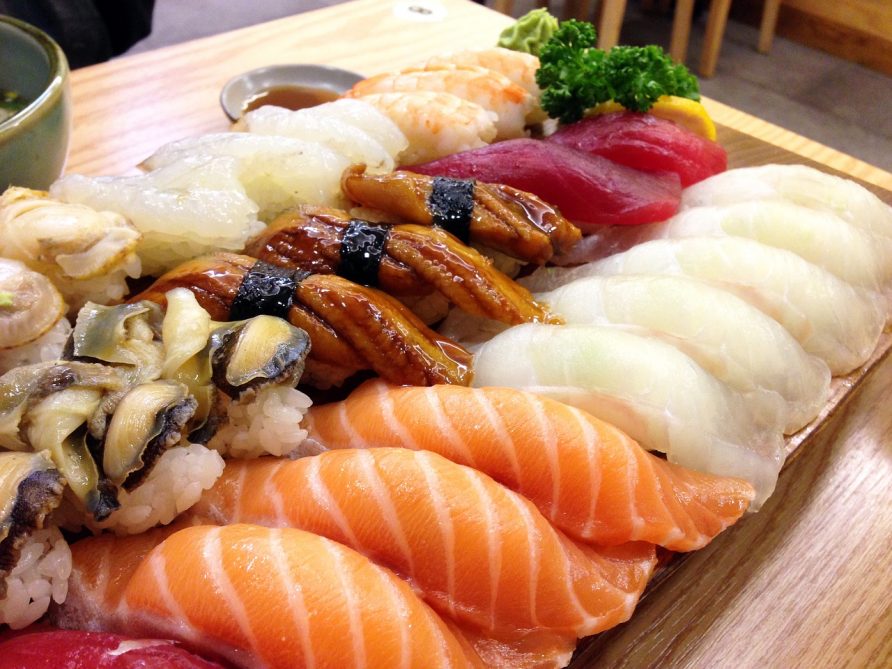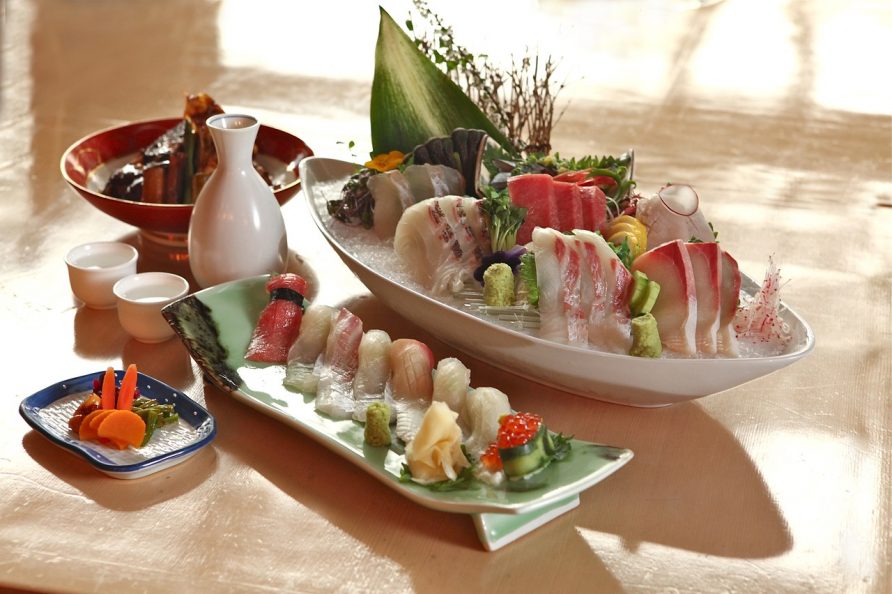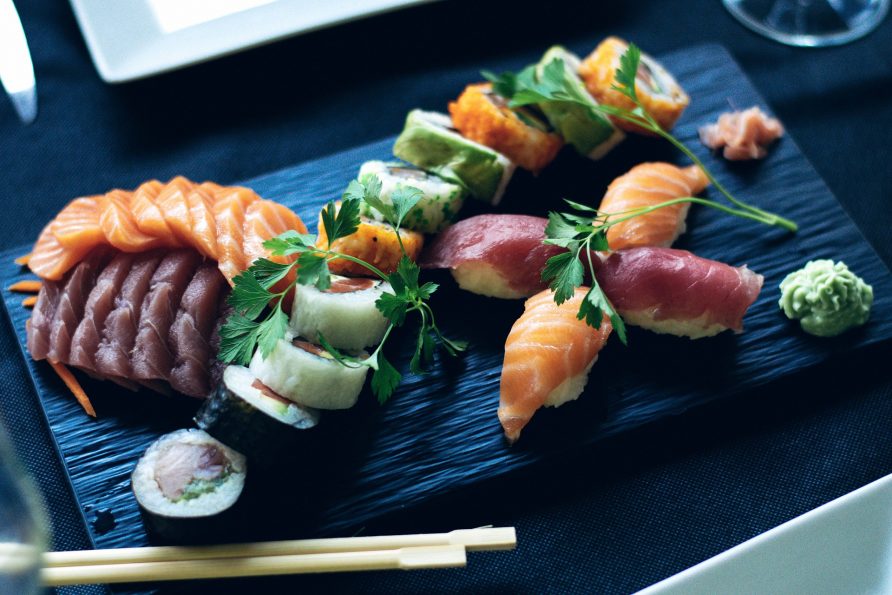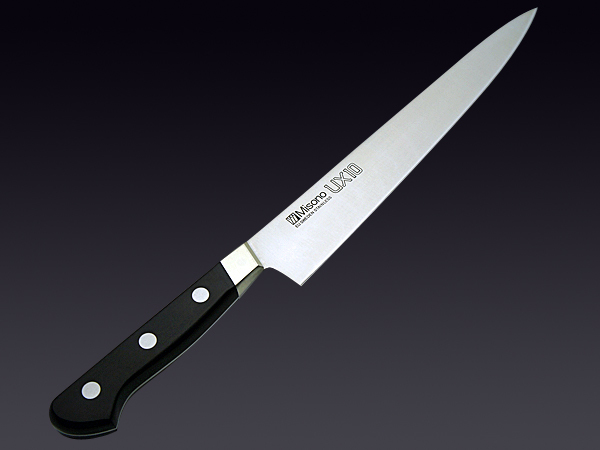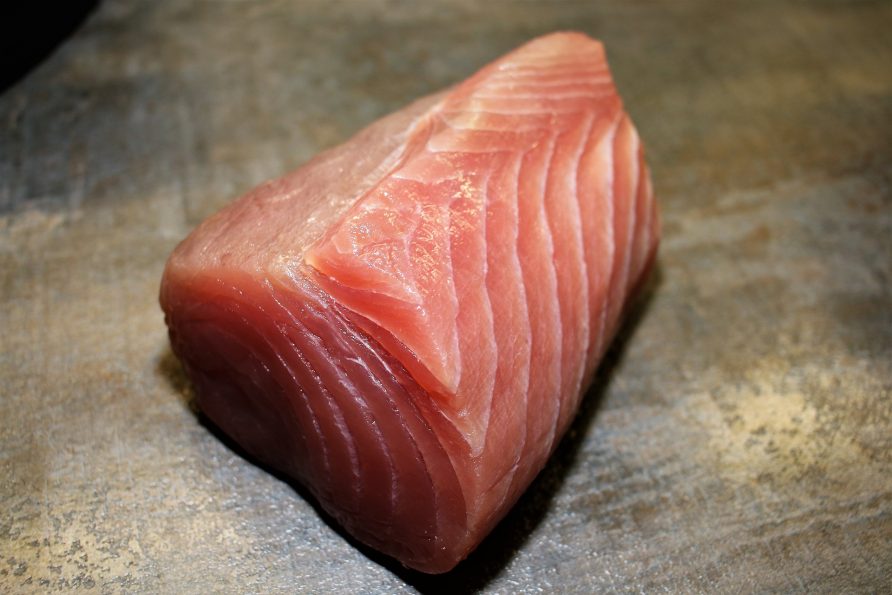img by : hocho-knife.com
Japanese cuisine marks its success and creativity with the ways of the blades. The art in crafting delicate pieces of sushi, yet flavor-rich ingredients combined with soft, mild chewiness of cooked Japanese rice is accompanied with the use of the right blades, for the right techniques. The swift slices, the quick chops, and the skilled endeavor of motions as the fine ingredients are well-prepared to serve diners prove the fact that Japanese chefs are highly motivated to dedicate their lifetime for the sake of divine happiness they could share through the traditional, authentic Japanese dishes they make.
When it comes to the selection of just the right equipment, Japanese professional chefs would demand for the most suitable knife to ensure that clean-cut, slim, thin slices could be made. The traditional techniques required to craft delicacy out of every single Japanese dish would need a perfect blade to perform all tasks neatly and correctly – Yu Kurosaki knives have it all.
Yu Kurosaki is among Japan’s best, new-generation blacksmiths who craft highly efficient blades for specialized uses.
Its top-tier production of quality and original blades for the crafting of Japanese sushi and sashimi has made it among one of the best brands. Young generation blacksmiths working with Yu Kurosaki are skilled, highly passionate, and all-in dedicated to craft the best blades and add new features to varying collections. Specifically for Japanese chefs and professionals in the food industry, Yu Kurosaki is a high-end, top-quality brand that won the hearts of worldwide users. The exquisite materials that make up the knives are selected with passion for the crafting of traditional Japanese cuisine in mind. To complete your knife collection and leap towards another level of accomplishing your goals to master the new techniques of swift slices and cutting motions, Yu Kurosaki HAP40 GEKKO WA OK8M knife with Urushi oak handle is a specialized, unique blade for all food warriors.
Every Yu Kurosaki’s knives are extremely sharp
Every single knife is sharpened to assure users of clean-cut slices to avoid crooked, cringe-looking lines that make you sweat tears of despair. Yu Kurosaki HAP40 GEKKO WA OK8M knife is made to perfectly slice sashimi pieces, often selected and used by top Japanese chefs. Yu Kurosaki HAP40 GEKKO WA OK8M is a Gyuto knife, a multi-purpose knife that performs a variety of tasks. Also a part of the Yu Kurosaki Moon Light – GEKKO series, Yu Kurosaki HAP40 GEKKO WA OK8M is skillfully crafted out of HAP40 powdered high-speed steel core made especially by Japan’s most well-known company, HITACHI Metals.
The blades are crafted to be extremely hard, durable, non-abrasive, and has edge-retention compared to any other kinds of materials. The Yu Kurosaki HAP40 GEKKO WA OK8M is a semi-stainless steel knife and will require daily maintenance of keeping the blades dry and clean right after use, marking its difference from Chromium-rich basic stainless steel. The handle is the main highlight of this knife – crafted out of half-rounded octagonal-shaped oak wood-dyed Japanese lacquered Urushi, the Yu Kurosaki HAP40 GEKKO WA OK8M showcases the beautiful culture and traditions of Japan, which also makes it a great addition to your Japanese knife collection.
The knife itself is double-edged; allowing users who are both left and right-handed to use it efficiently. Swift motions, slim slices, and unique techniques can be used with the Yu Kurosaki HAP40 GEKKO WA OK8M knife with Urushi lacquered oak handle to craft the best sashimi, mouth-watering sashimi and create your very own professional Japanese cuisine from home.


